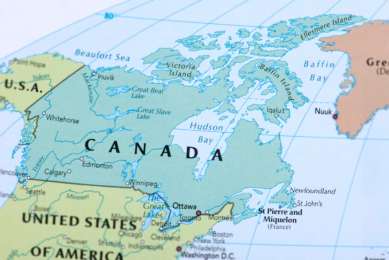Animal welfare and the veterinary profession: 50 years of change
David Fraser : Animal Welfare Program, Faculty of Land and Food Systems, University of British Columbia, Vancouver, BC, Canada
Introduction
About 10 years ago I received an unexpected telephone call. It was from the Burger King Corporation to say that the company wanted to create a program to assure their customers about the welfare of the animals in their supply chain, and would I serve on the advisory committee. I admit to having been a trifle skeptical.
Fast food restaurants as agents of social change? – it did not quite fi t the popular stereotype. But I joined the committee and was pleasantly surprised to fi nd myself in discussions about maintaining public trust and ‘doing the right thing’ for animals. To cut a long story short, Burger King’s engagement in animal welfare led to some tangible changes. In fact Temple Grandin (2000), after years of inspecting slaughter plants with mediocre animal welfare standards, reported a dramatic improvement immediately after chain restaurants became involved.
This, of course, is just one example of the remarkable growth in attention being paid to animal welfare, in some cases by unexpected players:
• In 2005 the 170 member nations of the World Organization for Animal Health unanimously adopted 80 pages of animal welfare standards which now appear in the highly influential Terrestrial Animal Health Code.
• Around the same time the International Finance Corporation, the investment arm of the World Bank, called for animal welfare to be part of the business plan of the livestock companies in which they invest.
• In 2008 the FAO, the United Nations agency involved in agriculture and hunger reduction, held an international consultation on how to help countries, especially developing countries, to implement good animal welfare practices.
• And it is expected that a ‘Universal Declaration on Animal Welfare’ will soon be presented to the United Nations with the expressed support of many of the world’s countries. Nearly 40 years ago, when I began doing research on the welfare of pigs, animal welfare was on the very fringe of science. To most people the words ‘research’ and ‘animal welfare’ did not belong in the same sentence except perhaps to criticize animal welfare standards in laboratories. So how did it happen that animal welfare moved from being a fringe issue to something that attracts the attention of Burger King, the World Bank and the United Nations?
In this presentation I would like to trace this change by looking at four topics:
• some of the reasons behind the growing focus on animal welfare
• the debate about exactly what ‘animal welfare’ means
• some of the science that has been applied to animal welfare issues
• and the role of veterinarians in this rapidly changing world.
For full presentation see attached pdf











